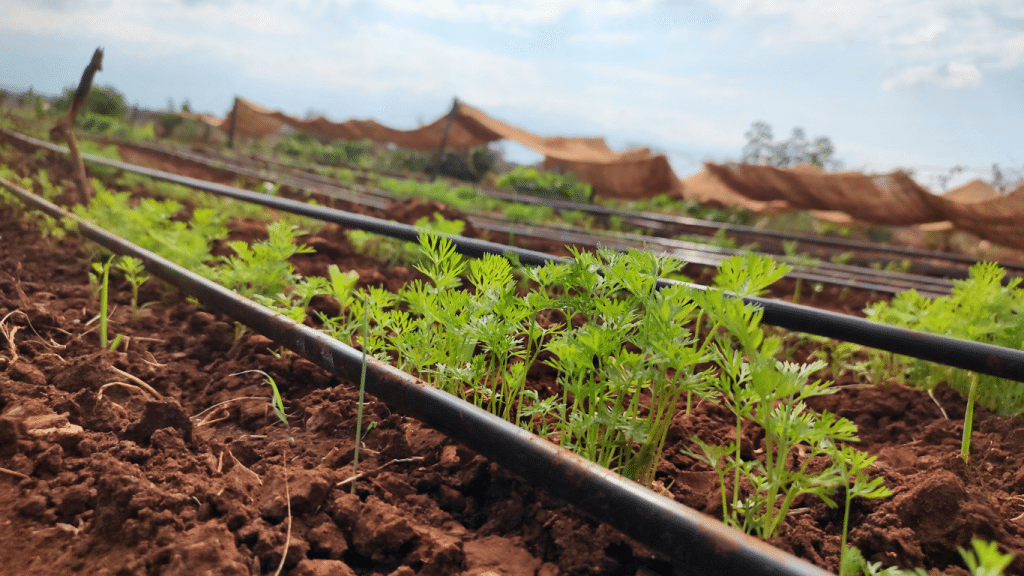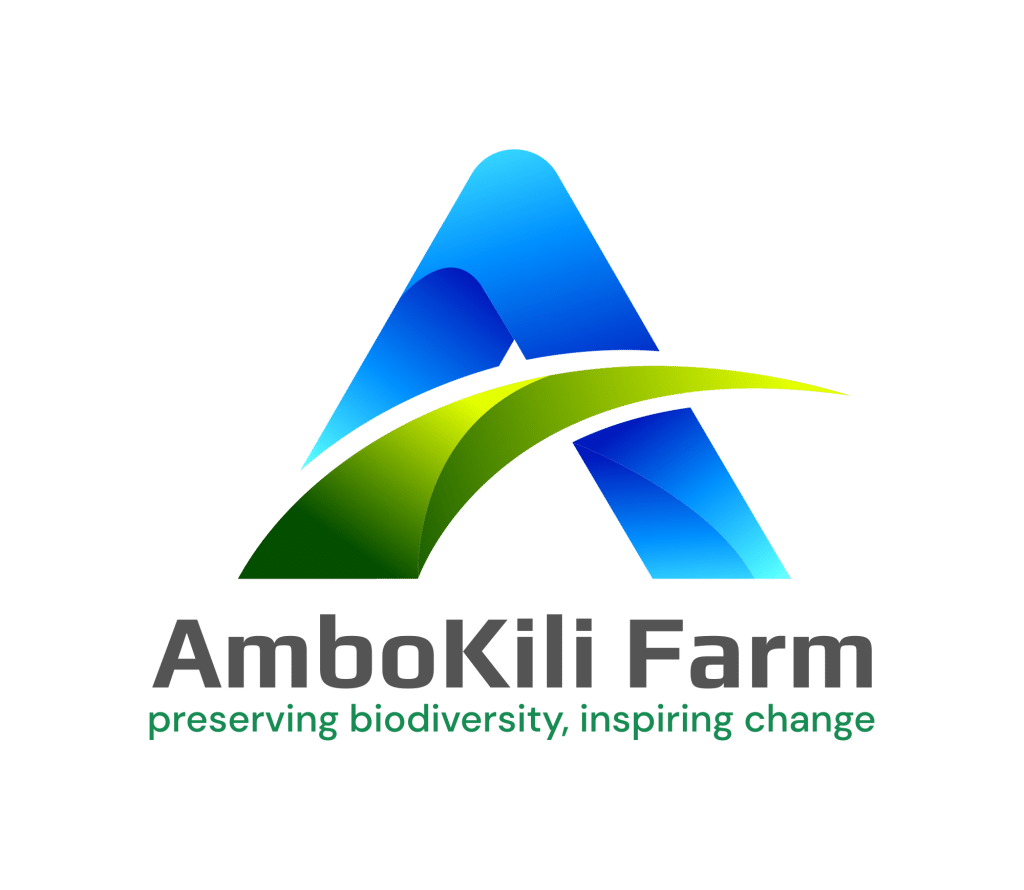
In arid and semi-arid lands (ASAL) like Kimana, the success of agricultural activities heavily relies on effective irrigation systems due to unreliable rainfall. These systems play a crucial role in ensuring that crops receive the necessary water to grow, especially in regions where rainfall is scarce and unpredictable. It is important to understand the importance of irrigation and have systems that optimise water usage and enhance crop productivity.
The Importance of Irrigation in ASAL Areas
- Water Scarcity Management: ASAL regions experience low and erratic rainfall, making natural water sources insufficient for farming. Irrigation systems help manage water scarcity by providing a reliable water supply to crops.
- Increased Agricultural Productivity: With consistent water supply, crops can grow more robustly, leading to higher yields and improved food security.
- Sustainable Farming Practices: Efficient irrigation practices contribute to the sustainability of farming in ASAL areas by minimising water wastage and preserving natural resources.
- Economic Stability: By ensuring successful crop growth, irrigation systems contribute to the economic stability of farmers and the local community, providing a source of income and reducing poverty.
Different Types of Irrigation Systems
There are various irrigation systems available, each with its own set of advantages and suitability for different conditions:
- Surface Irrigation
Water is distributed over the soil surface by gravity flow. This method includes basin, furrow, and border irrigation.
Advantages: Simple and cost-effective, requires minimal technical knowledge. Ideal for flat terrain and easily managed.
Drawbacks: High water wastage due to runoff and deep percolation, potential for soil erosion, and uneven water distribution.
- Drip Irrigation
Water is delivered directly to the plant roots through a network of pipes, tubes, and emitters.
Advantages: Highly efficient, reduces water wastage, and promotes healthy plant growth. Can be tailored to specific plant needs, improving nutrient uptake and minimizing weed growth.
Drawbacks: Higher initial setup cost and maintenance requirements. Emitters can clog, requiring regular monitoring and maintenance.
- Sprinkler Irrigation
Water is sprayed over the crops through sprinklers, simulating rainfall. Systems can be static or mobile.
Advantages: Even water distribution and can cover large areas. Useful for a variety of crops and soil types.
Drawbacks: Potential water loss through evaporation and wind drift. High energy requirements for pumping water. Can lead to foliar diseases and soil compaction.
- Subsurface Irrigation
Water is applied below the soil surface, directly to the root zone through a network of pipes or tubing buried underground.
Advantages: Efficient water use, reduces evaporation and runoff. Keeps the soil surface dry, reducing weed growth and minimizing soil erosion.
Drawbacks: Complex installation and higher initial cost. Potential for clogging and difficulty in monitoring and maintenance.
Why Sprinkler Irrigation is the Least Suitable Type of Irrigation
Sprinkler irrigation, while useful in some contexts, is often the least effective especially for arid and semi-arid lands (ASAL) like Kimana due to several drawbacks:
- Disease Spread: Wet foliage can promote the spread of fungal diseases and pests. Furthermore, the water being sprinkled can move pests from one crop to another.
- High Evaporation Losses: In hot and dry climates, water sprayed into the air is subject to significant evaporation, leading to inefficient water use.
- Wind Drift: Wind can carry water droplets away from the target area, causing uneven water distribution and further loss.
- Energy Intensive: Sprinkler systems often require pumps to maintain water pressure, consuming more energy compared to other methods.
- Waterlogging and Soil Erosion: Over-irrigation can lead to waterlogging, and the high impact of water droplets can cause soil erosion.
Due to these disadvantages, sprinkler irrigation is less ideal for ASAL regions. Drip irrigation, on the other hand, provides precise water delivery directly to the plant roots, making it a more efficient and sustainable choice for these areas.
The Best Irrigation System for ASAL Areas
Among the various irrigation systems, drip irrigation stands out as the most effective for ASAL regions like Kimana. Here’s why:
- Water Efficiency: Drip irrigation delivers water directly to the plant roots, minimising water loss through evaporation and runoff. This is particularly important in water-scarce areas.
- Improved Crop Yield: By providing consistent and precise water delivery, drip irrigation ensures that crops receive the right amount of water, leading to better growth and higher yields.
- Soil Health: Drip irrigation reduces the risk of soil erosion and salinization, maintaining soil health and fertility over the long term.
- Flexibility: This system can be easily adjusted to meet the specific water needs of different crops, making it versatile for mixed farming operations.
At Ambokili Farm, we have successfully implemented drip irrigation across our fields, resulting in increased productivity and sustainability. Our experience has shown that while the initial investment may be higher, the long-term benefits of drip irrigation far outweigh the costs, making it the best choice for farming in ASAL regions.
Irrigation systems are the backbone of agriculture in arid and semi-arid lands like Kimana. By adopting efficient irrigation practices, we can overcome the challenges of water scarcity, enhance agricultural productivity, and contribute to the economic stability of local communities. At Ambokili Farm, we are committed to leveraging the best irrigation technologies to ensure sustainable and resilient farming for the future.
For more insights and success stories, visit our News & Blog page. Let’s grow together!







3 Responses
I’ve been following your blog for quite some time now, and I’m continually impressed by the quality of your content. Your ability to blend information with entertainment is truly commendable.
Temp mail I truly appreciate your technique of writing a blog. I added it to my bookmark site list and will
We’ll be sure to have more content for you to enjoy!